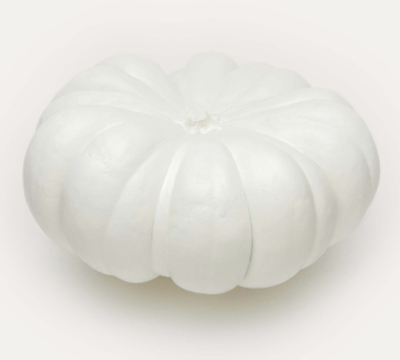green album

order CD or VINYL or download from bandcamp
stream or download from Apple Music Spotify Deezer Amazon
Green Album is The Vegetable Orchestra’s fourth album, with which the ensemble is also simultaneously celebrating its next major anniversary. For more than twenty years, the orchestra has toured the globe, playing countless concerts to promote the fascinating qualities of the art of vegetable sound.�
listen or buy:Green Album brings together all of the elements that have brought acclaim to The Vegetable Orchestra for years, and in doing so, expands the musical scope once again with new, additions forms of vegetable music. Whereas the first album Gemise (1999) is an expression of radical exploration of the then, largely unknown possibilities offered by creating sound from vegetables, the two successor albums Automate (2003) and Onionoise (2010) delve into the diverse variants of electronic music with a veggie base.
The Green Album now adds further facets. Compositions such as “Fasern,” “Szemenye,” and “In V,” for example, are inspired by the minimal music of Steve Reich or Terry Riley. “Perfect Match” is a hip-hop vegetable track on which a water radish and a scallion oboe in a hectic battle rap, bubble, and blow about the world and its intolerable state over a rumbling pumpkin beat and hallucinatory calabash bass line, whereby the song can rest assured of its unique character in hip hop history. Compositions such as “Internal Crisis,” “Carrot Pano Drama,” “Beet-L,” “Hyperroots,” and “Reset,” express, first and foremost, the silent and mischievous humor that overlies the Vegetable Orchestra project as a whole. With numerous musical references from contemporary modern, free jazz, ambient-, and club music, these compositions take us away to hitherto unheard, entirely new and astounding musical worlds. “Fragilatore” is composed of tenderly crackling and crinkling green beans, with a brittle celeriac solo, stretched taut on top, just on the verge of tearing. In “La Valse Éphémère” and “Schwarzmooskogel,” one seems to hear the musical spirits of Moondog, Kurt Weill and Tom Waits. “Bamako,” for its part, borrows from the repetitive bass ostinato of West African Kora music and layers carrot-xylophone and -flute harmonies over a chirping and buzzing vegetable landscape; while for the album’s conclusion, the performance-based “Bumpkin” melds contemporary noise art with a comic-strip-like soundscape.
The homogeneity and uniqueness of the vegetable-sounds and vegetable-instruments, on the one hand, contrast the great diversity and heterogeneity of the various compositions and musical styles on Green Album. The Vegetable Orchestra thereby proves, in entirely self-evident way, that music in combination with an independent overall artistic aesthetic needs no genre borders, stylistic differentiation, or categorization. The exceptional variety of vegetable sounds on Green Album is capable of harmoniously merging utterly diverse styles in a wholly natural way. The musical uniqueness is solidified especially by the numerous vegetable-instruments, which more than ever before were created specifically for the Green Album’s individual compositions, and express their basic musical ideas. A list of all of the vegetable instruments can be found inside the CD; just reading through the fascinating instrument names whets one’s appetite for more.